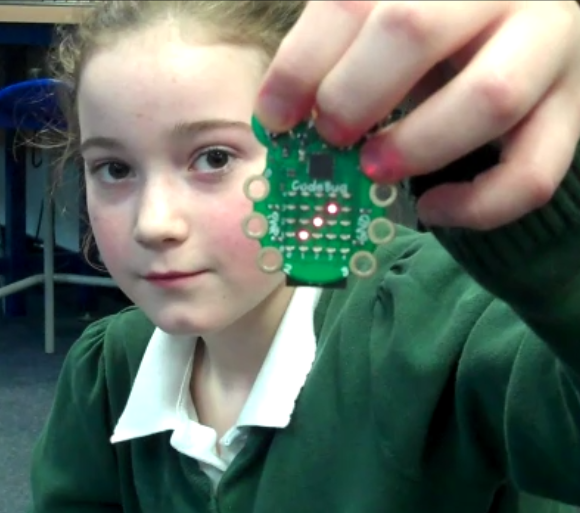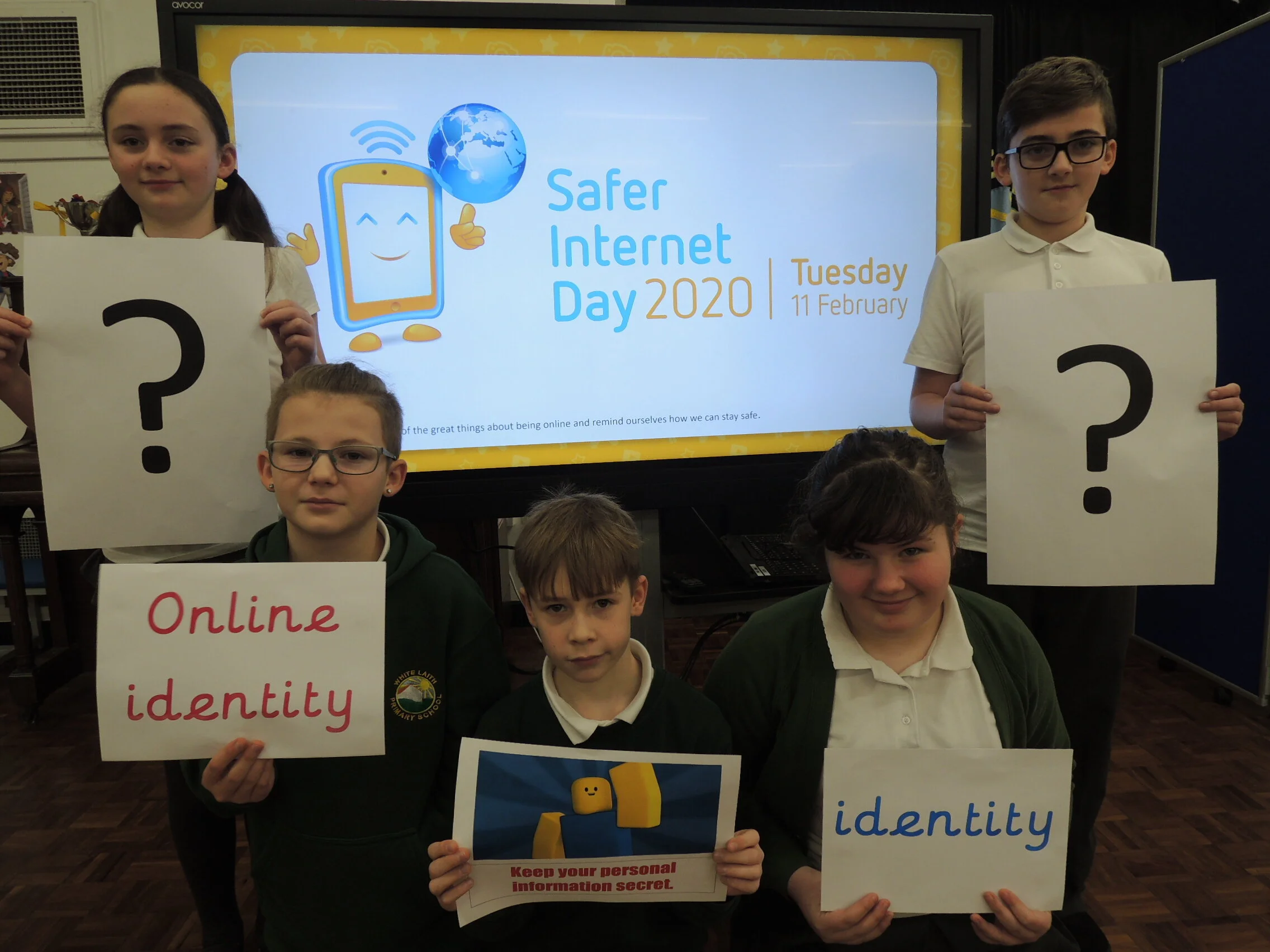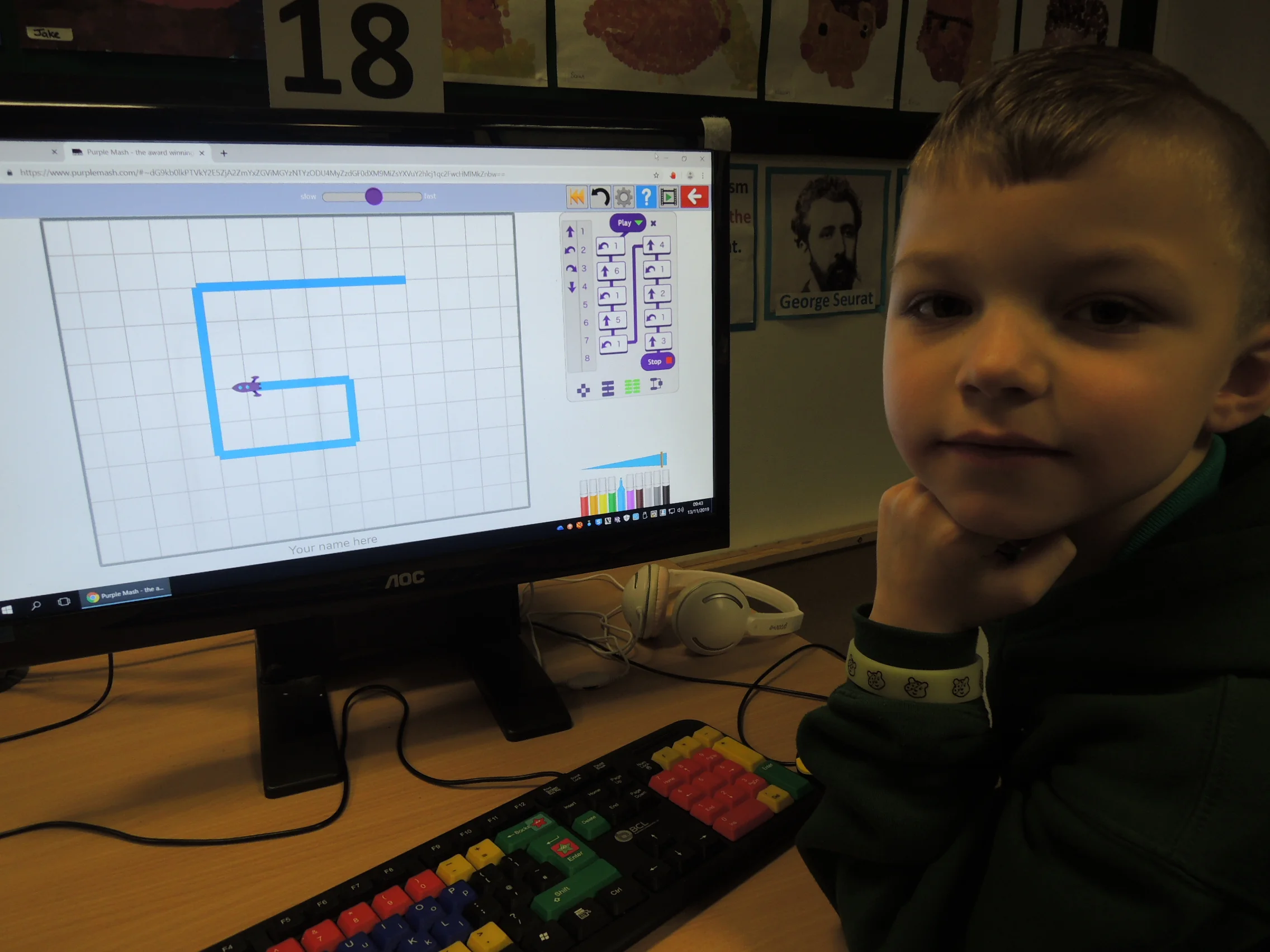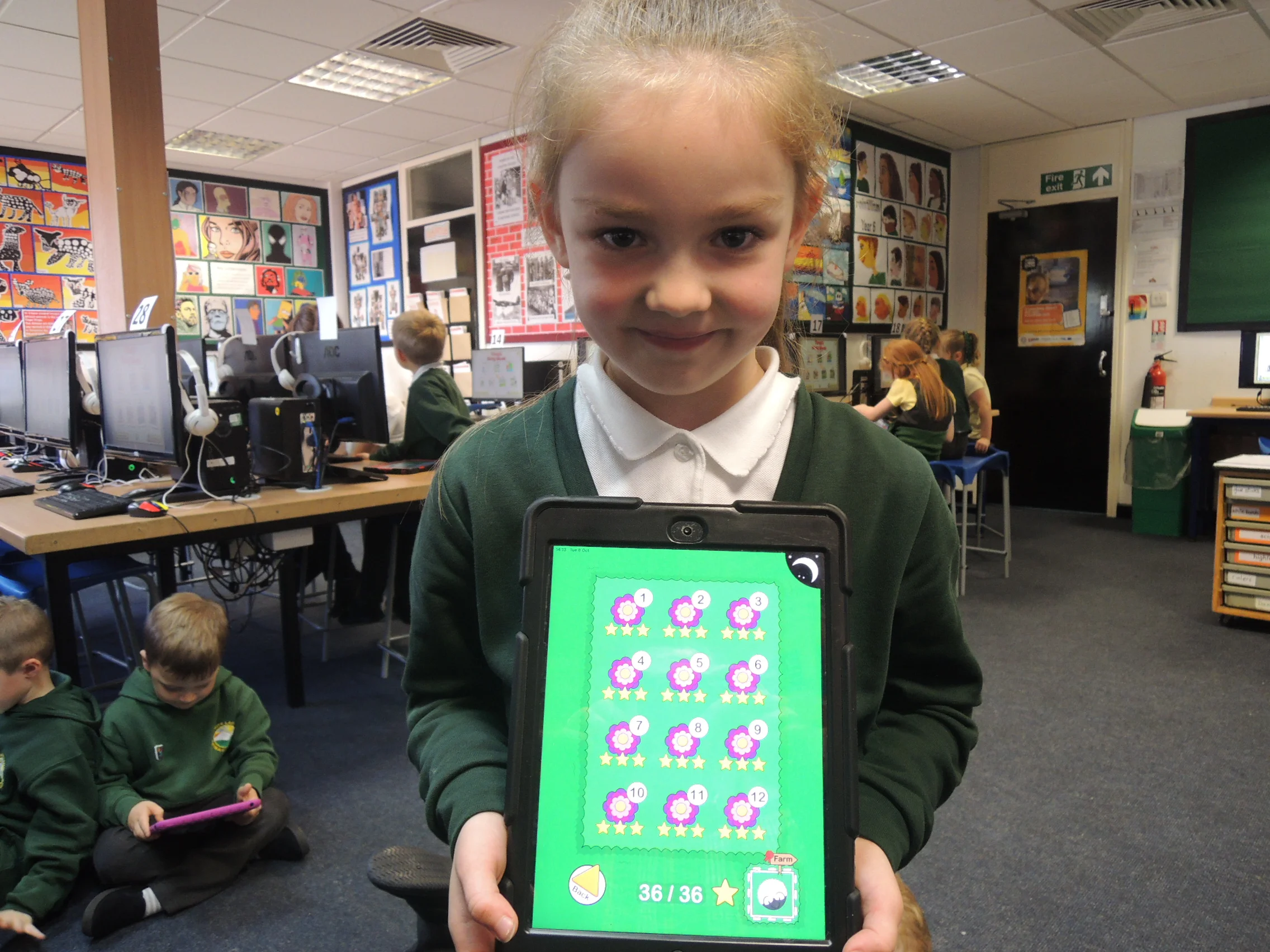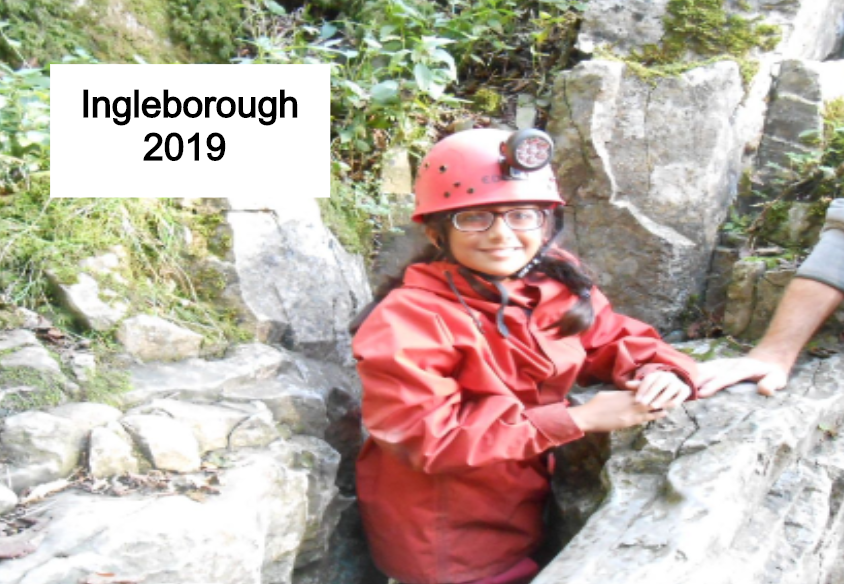
Computing
Computing
“Whether you want to uncover the secrets of the universe, or pursue a career in the 21st century, basic computer programming is an essential skill to learn.”
Long Term Plan
Over an academic year children complete a range of computing projects.
Each project has a goal, for example: to create an onscreen game for another class to play, to create a virtual Anglo Saxon Village in a Minecraft world or to create piece of digital art in a particular artist style.
All pupils have access to iPads and Chromebooks which are used to support, enhance and extend learning in other curriculum subjects. These resources are used to provide opportunities for collaborative work, communicating with different audiences, and to improve digital literacy.
E-safety knowledge and understanding continues to be at the centre of our Computing curriculum.
Pupils’ understanding of e-safety is very good, demonstrating effective teaching and learning.” Healthy Schools Audit January 2020
ICT Themes
Data Handling - Datalogging - Digital Art - Digital Research - Electronic Communication - Esafety - Programming - Sound - Text, Graphics and Multimedia - Video and Animation
National Computing Programmes of Study
Computer Science (CS) - Information Technology (IT) - Digital Literacy (DL)
Download a complete copy of the programmes of study for KS1 and KS2.
Achievement Statements (AS)
This is a list of the aims of the schools Computing curriculum (it is what we intend to teach!) At the completion of a project pupils are assessed against these aims and a continuous record is kept of the achievement statements which the majority of pupils in a class are secure in. This in turn informs future planning and enables progress to be monitored.
We have linked our achievement statements to the National Computing Curriculum. Download a complete copy of our achievement statements.








